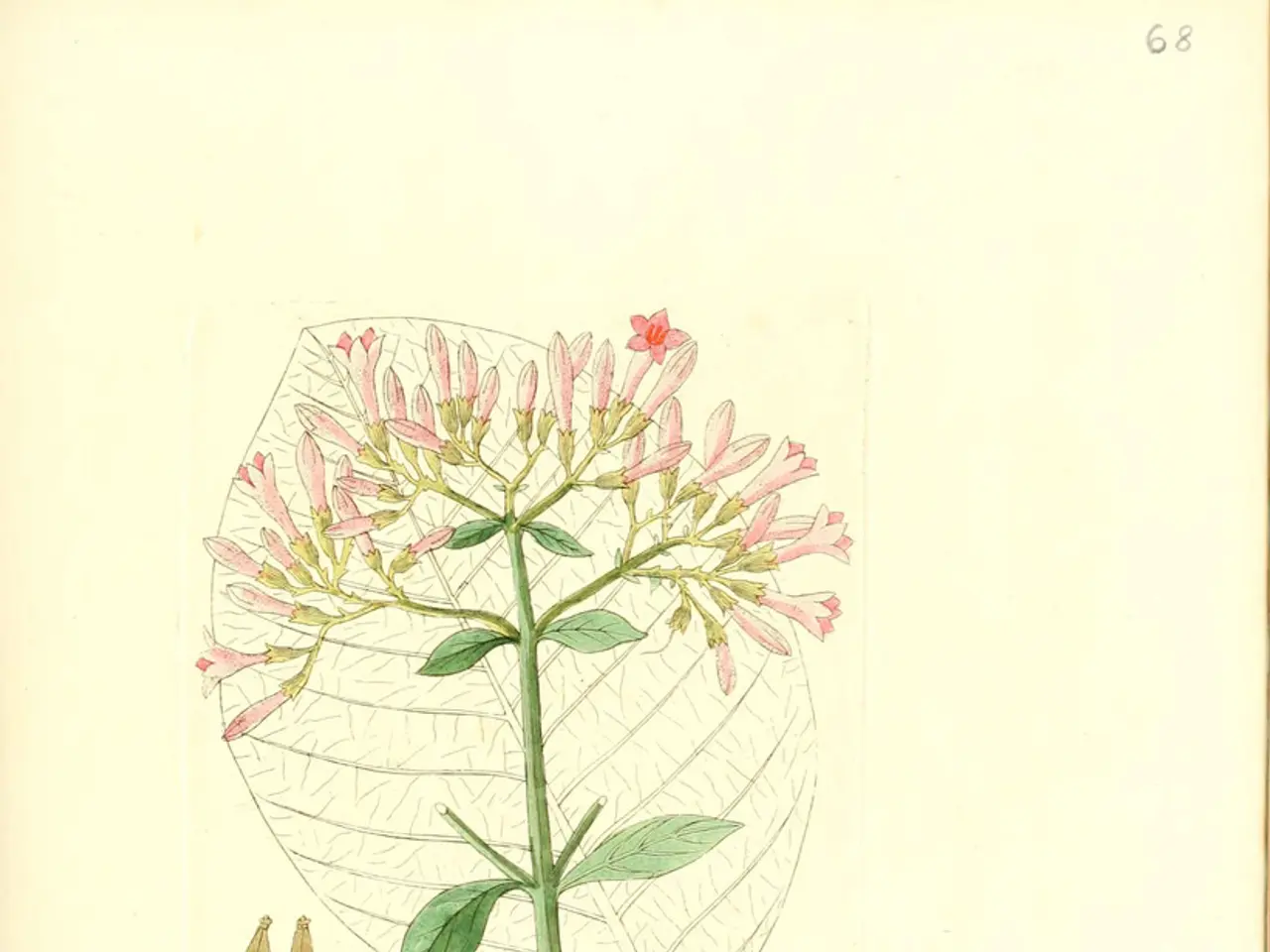Mathematical series in which each number is the sum of the two preceding ones, starting from 0 and 1. For instance, 0, 1, 1, 2, 3, 5, 8, 13, and so on.
The Fibonacci sequence, a captivating mathematical phenomenon, has found its way into various aspects of our world, from the intricate patterns of nature to the aesthetics of art and design. Named after Leonardo Pisano, who introduced it to Western mathematics in his book "Liber Abaci" in 1202, the Fibonacci sequence has since captured the imagination of mathematicians and artists alike.
The sequence is a simple yet remarkable pattern generated by a single rule: each number is the sum of the two preceding numbers, typically starting with 0 and 1. The first ten terms of the Fibonacci sequence are: 0, 1, 1, 2, 3, 5, 8, 13, 21, and 34.
One of the most intriguing aspects of the Fibonacci sequence is its relationship with the golden ratio, a mathematical constant denoted by the Greek letter phi (φ). As Fibonacci numbers increase, the ratio of consecutive Fibonacci numbers converges to the golden ratio, approximately 1.618. This mathematical connection offers insights into growth patterns, proportions, and the aesthetics of design found in both nature and art.
In nature, plant growth patterns, such as the arrangement of leaves and seeds, often follow Fibonacci numbers. For example, the arrangement of leaves on a plant can be seen as a spiral that follows the Fibonacci sequence, with each leaf-node angle approximating the golden angle (137.5 degrees). This geometric beauty can also be observed in the way that pinecones and sunflowers grow, with their seeds arranged in a Fibonacci spiral pattern.
Certain animal species exhibit population growth aligning with Fibonacci principles. In some cases, the number of offspring in successive generations follows the Fibonacci sequence, creating a pattern that mirrors the growth of the sequence itself.
The Fibonacci sequence has been used in popular works of art and architecture. For instance, the novel "The Da Vinci Code" uses the Fibonacci sequence to symbolize the link between mathematics and artistic beauty. In architecture, the Parthenon in Greece is believed to have been designed using the golden ratio and Fibonacci principles, with the distance between the columns and the height of the building following these mathematical patterns.
The applications of Fibonacci numbers extend to various fields, including biology, art, and finance. In finance, the Fibonacci sequence is used to predict stock market trends and identify potential support and resistance levels. In biology, the Fibonacci sequence has been used to study the growth patterns of cells and organisms.
Visualizing Fibonacci numbers through diagrammatic illustrations, such as spiral constructions, reveals their geometric beauty and growth patterns. Inscribing squares with sides corresponding to Fibonacci numbers creates a visual representation that echoes the harmony found in nature.
The Fibonacci sequence has unique properties and applications that continue to captivate and inspire, offering a fascinating bridge between mathematics, art, and the natural world. Whether observed in the intricate patterns of a pinecone or the architectural masterpieces of ancient Greece, the Fibonacci sequence remains a testament to the beauty and order inherent in our universe.
Read also:
- Peptide YY (PYY): Exploring its Role in Appetite Suppression, Intestinal Health, and Cognitive Links
- Toddler Health: Rotavirus Signs, Origins, and Potential Complications
- Digestive issues and heart discomfort: Root causes and associated health conditions
- House Infernos: Deadly Hazards Surpassing the Flames








